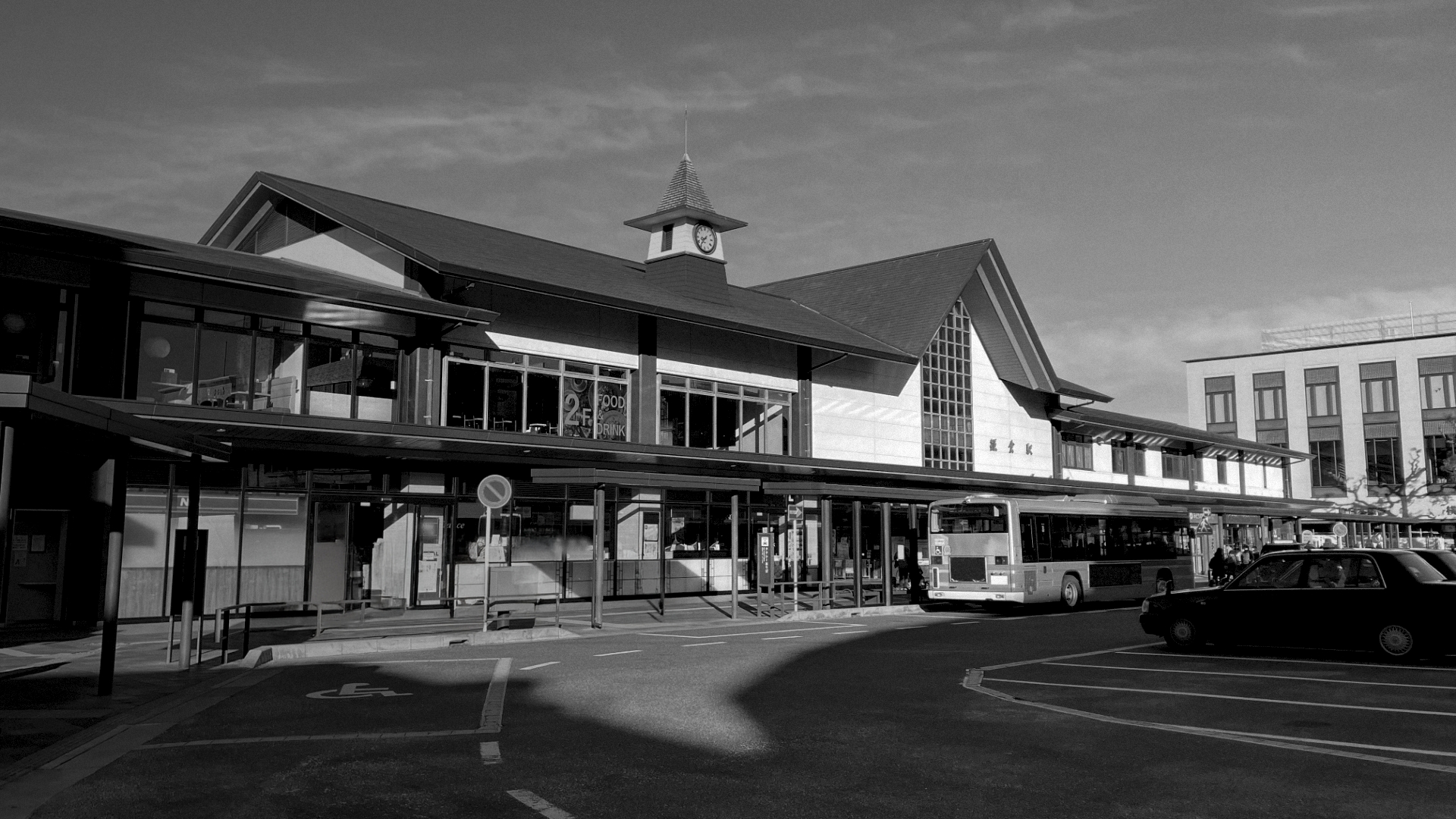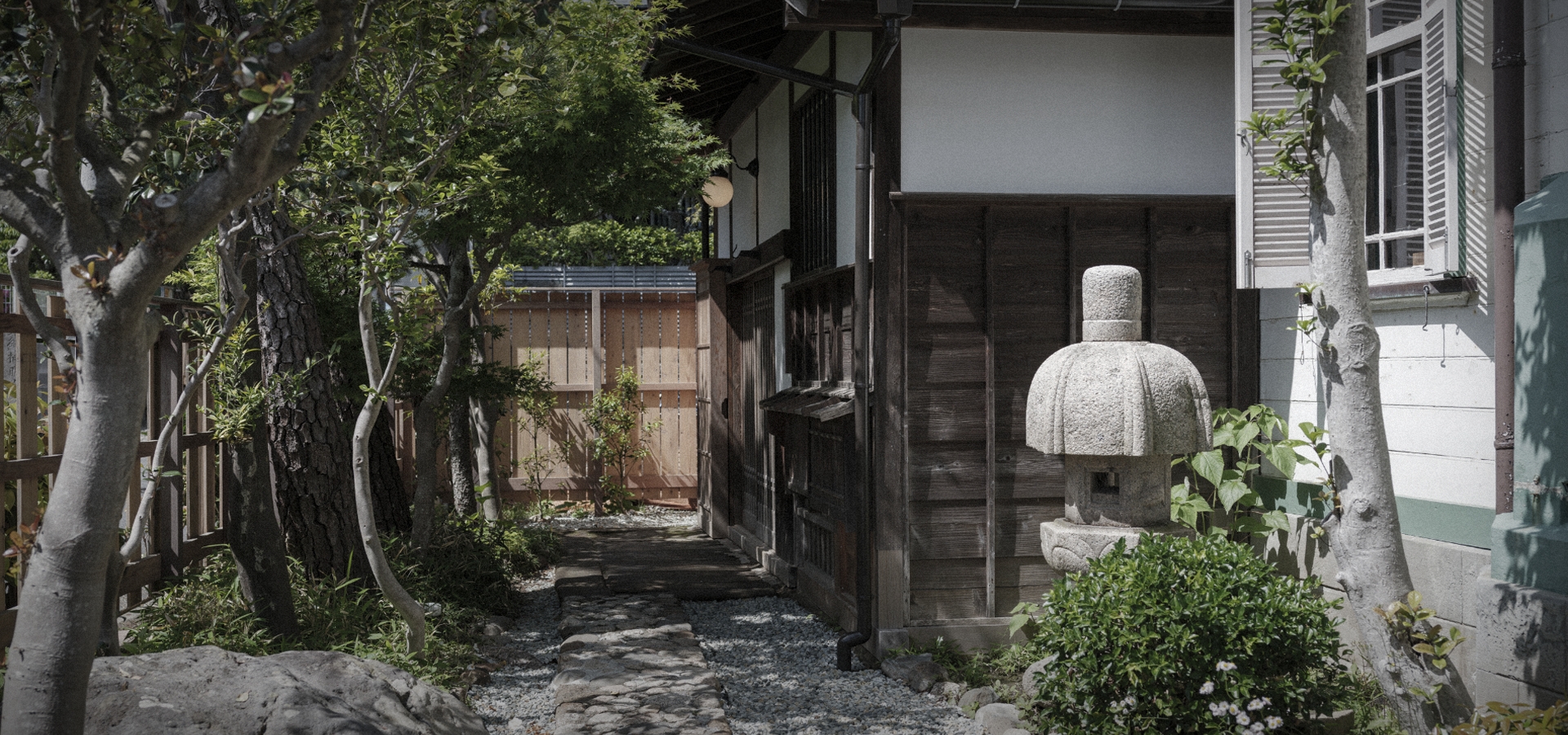
Once a Fishing Village
Kamakura was once nothing more than a fishing village facing the sea.
With the rise of the samurai government, however, it grew into a political, religious, and cultural center. The construction of temples and shrines, the flourish of Zen culture, and the development of Samurai culture together shaped the image of today’s “historic city of Kamakura.”
Yet how much of that “ancient capital” still lingers in the landscape we see today? To pursue what it truly means to be “Kamakura,” and to ensure it continues to be a cultural place linking past to the future, we may need to reassess its value in a form suited to our own time.
Questions on
the Ancient Capital
-Where does its Landscape Truly Reside?
At times, we find ourselves asking:
Does the Kamakura of today truly possess the scenery of an “ancient capital”?
The very phrase “Ancient Capital Kamakura” evokes a certain image in the minds of many: Quiet stone-paved paths, timeless streetscapes, and an atmosphere that seems to embrace the flow of time itself.
As the seat of the samurai government, Kamakura grew into a political, religious, and culture center, its history marked by countless temples and shrines. It is through this legacy that the brand of “historic Kamakura” has been shaped.
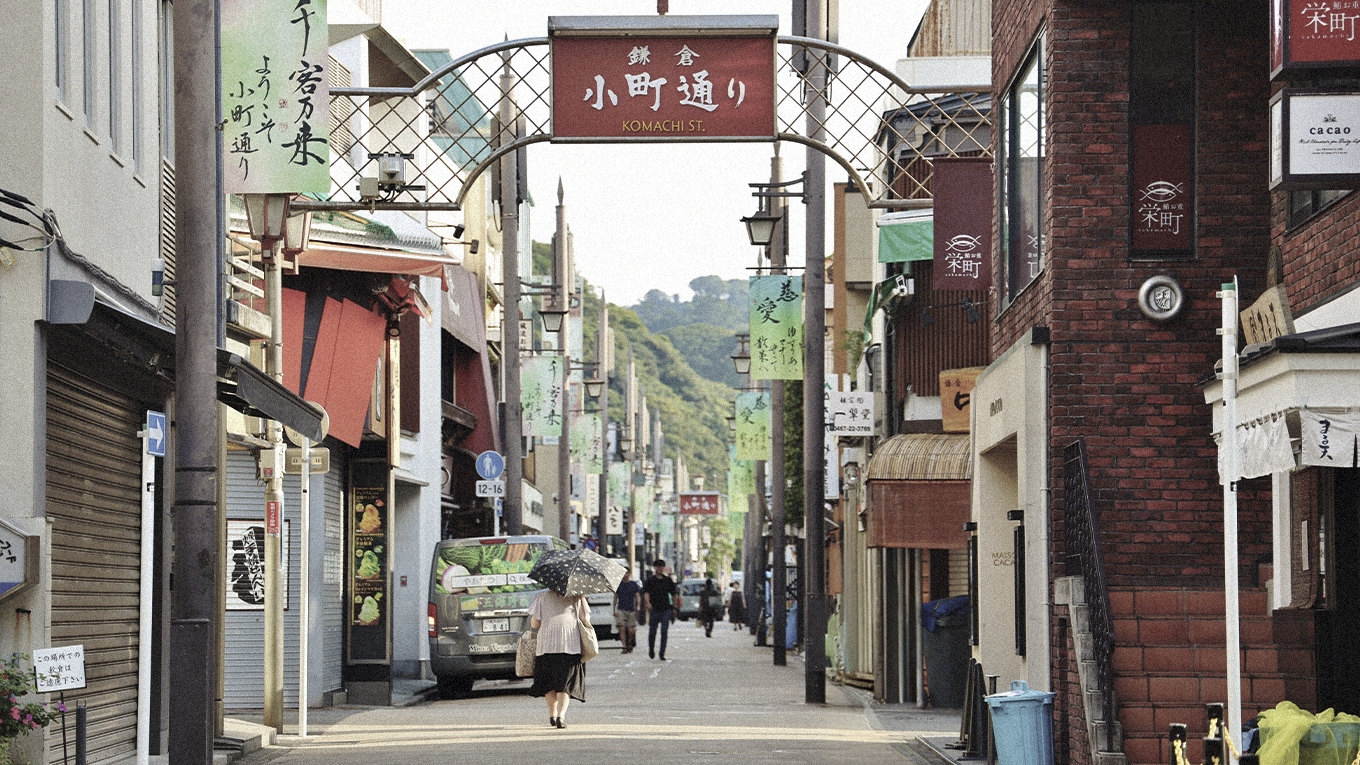
Yet when one steps off the train at Kamakura Station, the first sights beyond the east exit are the bustle of a bus terminal, rows of mixed-use buildings, and the familiar signs of nationwide chain stores.
Even around the west exit, the view is mostly residential streets. The much-spoken “vibe of the ancient capital,” celebrated in travel guides, is in truth something one must search for with some effort.
There, one finds a Kamakura where tourism and everyday life mingle-a town shaped by the advance of urbanization.
In a town called an “ancient capital,” does the sense of the past truly remain?
we felt a striking gap between the name of the ancient capital and the actual landscape. What should have been present is absent-leaving behind with a sense of something missing.
It is true that many people think of Kamakura as a “historic city.” Yet whether that landscape exists today in any tangible form is an entirely different question.
It was precisely this question that became the starting point of the fFormer Kagaya Residence revitalization project.
What is truly worth preserving? How can the memory of a town be carried into the future? Our challenge began with asking these very questions.
A City without Culture
will One Day Vanish
in the Wild
A town does not stand on its own. Without the will and effort to sustain its culture and preserve its memory, even an “ancient capital” will, in time, fade into nothing more than a place that once was.
The rise and fall of cities and towns, when seen against the span of history, are but fleeting moments. The cities and towns that went through transformation for the past century can only be viewed as “temporary towns”, and these towns are losing the sense of significance at rapid pace nowadays.
In our opinion, a city that loses its competitiveness and lacks cultural heritage has no future. Take Kamakura, for example. Even though the temples are scattered across the city, one cannot help but wonder whether its streets truly convey a sense of cultural continuity. In that gap, we saw the cultural vacuum. Even a town is called an “ancient capital,” if left unpreserved, will see its landscape swallowed by the tides of time. That is why the will to revitalize an “ancient capital” is essential.
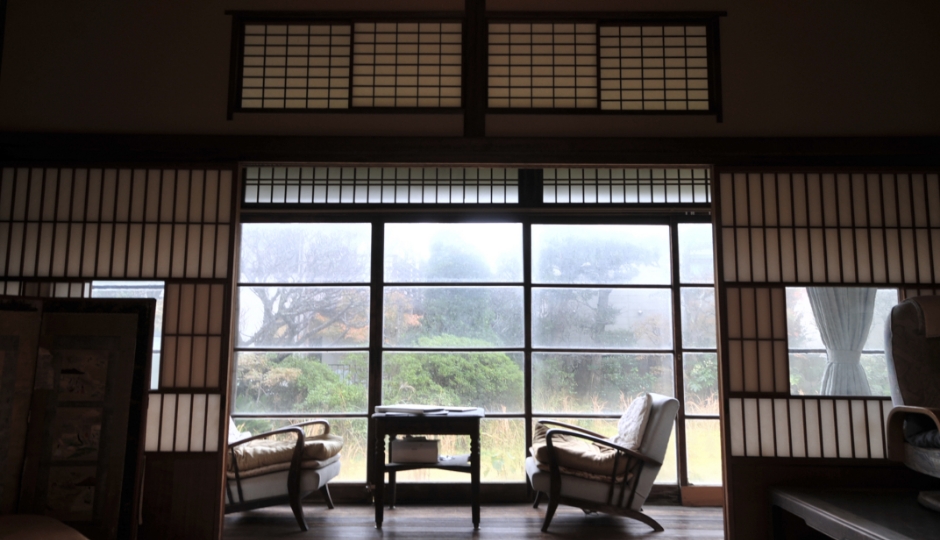
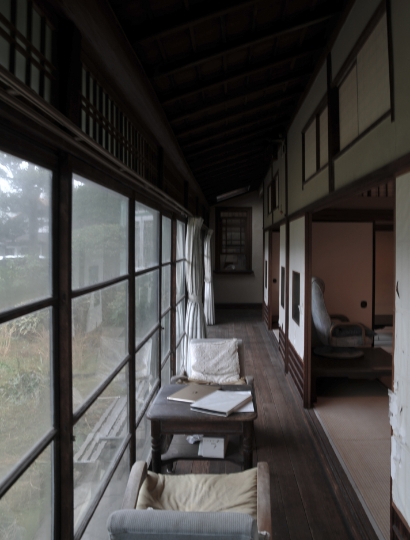
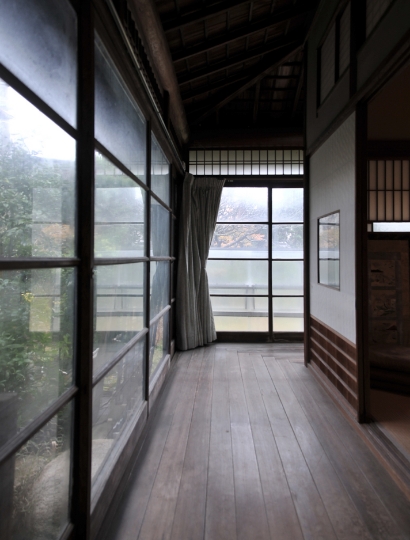
Making Preservation Viable
through
Commercial Operations
As a private entity, we too cannot sustain our work on ideals or cultural significance alone. To preserve cultural properties over the long term, it is essential to establish a revenue structure capable of sustaining them.
As the Agency for Cultural Affairs has recently advocated under the concept of “enhancing the added value of cultural resources,” cultural properties are not meant to be preserved in isolation. Rather, they gain sustainable longevity when their charm is shared as a space with local communities and visitors.
In the case of the former Kagaya Residence, we concluded that repurposing a culturally significant building as a restaurant was the most effective option, taking into account its location and functional characteristics.
In places like Kamakura, where tourism fluctuates seasonally, it is crucial to establish facilities that are rooted in the community yet capable of attracting public interest, and maintaining stable operation, regardless of seasonality or day of the week.
The “Present” becomes Tomorrow’s History
More often than not, we tend to think of “history” as something belonging to the past. Yet history is being created at this very moment, and we ourselves are both part of it and responsible for it.
The choices we make and the actions we take will shape the Kamakura that future generations will come to see.
Even so, among local residents and officials, there are times when we sense a certain distance from the preservation of cultural assets. Perhaps it stems from an unconscious belief that “historical assets will naturally sustain themselves.”
Yet the future of a town is something that must be built with responsibility. And we, who live in the present, must not forget that we are the very participants in the shaping of history.
When working on the revitalization of Saihokukan, we often said:
“History is not something shaped by just speculating. It must be consciously created as something to be carried into the future.”
A town that strives to preserve its culture, to nurture it, and to pass it on to the next generation has a chance to sustain.
This is why we believe that our work should not simply follow the current trends, but instead should create something that can withstand the past of time.
